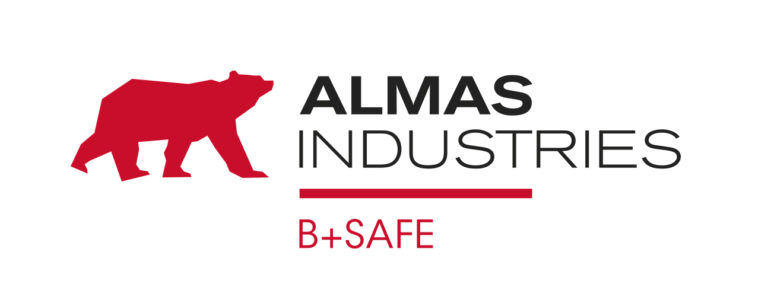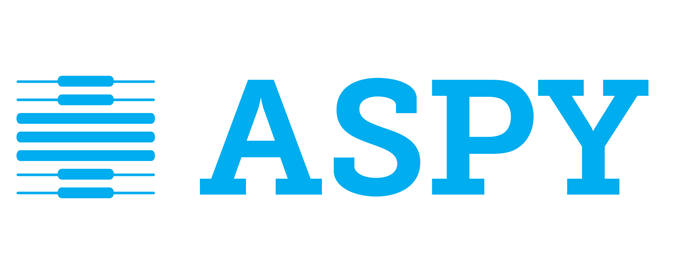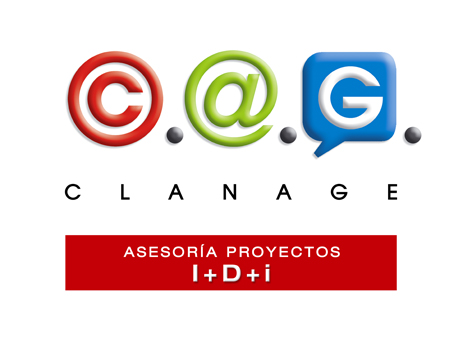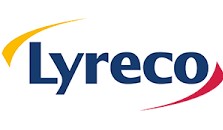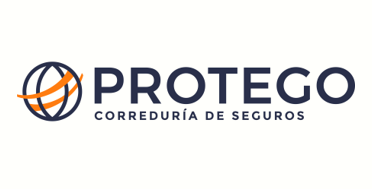The Ministry of Consumption on which the Spanish Agency for Food Safety and Nutrition (AESAN) depends organically has announced that the Nutriscore nutritional front labeling system will enter into force in the first four months of 2021. Spain thus joins France, which has already implemented this system, and Belgium and Germany, which have announced to the European Commission their desire to implement it. This frontal labeling system is voluntary for companies that decide to establish it, in the absence of European regulations deciding on its mandatory nature.
What is Nutriscore?
Nutriscore is a tool that has been designed with the aim of translating and simplifying food labels. It is colloquially attributed the name of “traffic light” because this system classifies foods in five colors that progressively evolve from green (healthier) to red (less healthy). The Nutriscore symbol will be placed on the front of the packaging so that the consumer can see at a glance whether a product is healthier or not.
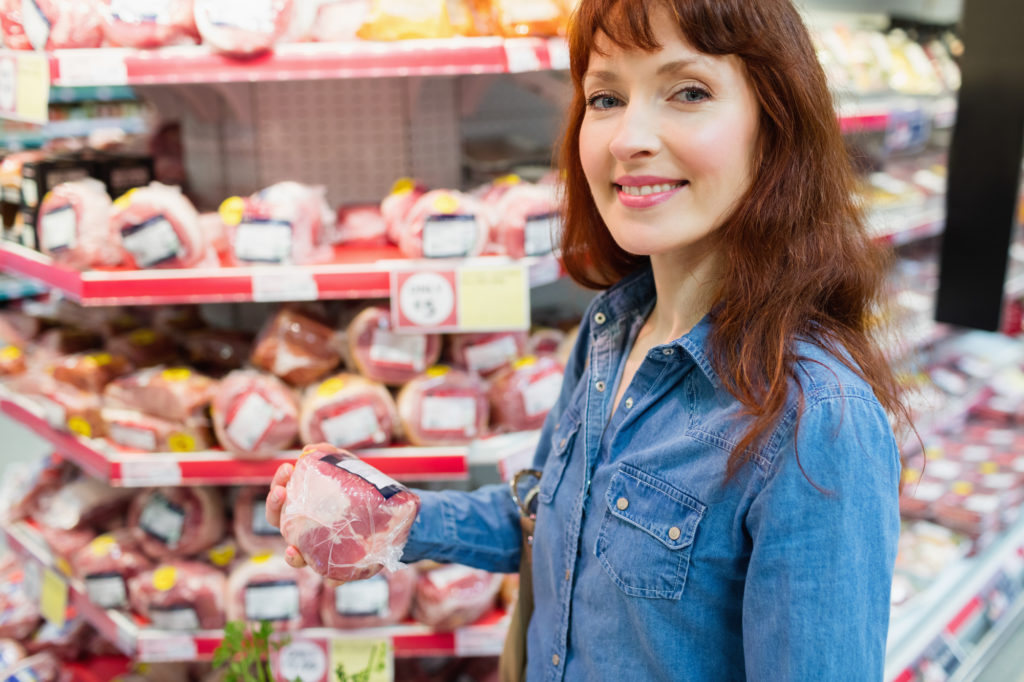
How does Nutriscore decide how each food is rated?
Like almost all relevant issues in our modern life, the decision is based on an algorithm. The system distributes points based on the nutritional composition for each 100g of the product. The algorithm values:
– The elements considered as “unfavorable” from the nutritional point of view: composition in calories, simple sugars, saturated fatty acids and sodium.
– The elements considered “favorable”: proteins, fibers and percentage of fruits, vegetables, legumes and nuts.
The result is that fruits, vegetables and cereal-based foods are in the first classes of the score (A, B, C) while snacks, sweets and savory are in the last (D, E).
Is Nutriscore designed based on scientific evidence?
Yes, although the system may be upgradeable, it has been scientifically validated. This system was developed in 2005 by an Oxford research team and was validated by the FSA (Food Standards Agency). The WHO has also rated Nutriscore positively. In summary: they have conducted numerous studies and have concluded that people who consume foods with higher Nutriscore scores improve the quality of their shopping cart.
Some studies show that NutriScore generates a nutritional improvement of + 9.3% of the average of the participants’ shopping baskets, while the improvements of other systems vary from 2.9 to 6.6%. And something important: this NutriScore advantage becomes visible when analyzing the behavior of consumers who buy the cheapest products.
Assuming the Nutriscore system allows you to form part of its committees and working bodies in order to improve the system and adjust it to the virtues of the Mediterranean diet and artisan products. In this sense, AESAN has already worked with the authorities of other member countries, France, to adapt the standard to the benefits of olive oil for being the exponent of the Mediterranean diet and for the evidence of its favorable effects on cardiovascular health.
Nutriscore why?
The implementation of Nutriscore will be accompanied by information and training campaigns for consumers. In addition, it will serve as a criterion when developing advertising and taxation policies, thus articulating a comprehensive strategy to improve the nutritional quality of food. Along these lines, the minister advocates introducing awareness campaigns, education in healthy habits and measures against obesity. Two campaigns already planned by AESAN for this 2020 stand out: prevention of childhood obesity and reduction of sugar consumption.

